Books for Young Creative Professionals
Jul 29, 2019
My job is to design and build mobile applications. To have a competitive advantage, my work has to be both useful and beautiful. This is why I label myself as a creative professional, and for a while, I was trying to find an answer to this question:
“Which books can change a young creative professional’s life?”
The difficulty of this question lies in that the answer to it requires a tremendous amount of reading and research. And yet, it will still produce a very opinionated answer. I assume that the most influential thinkers if asked the same question, would produce lists hardly containing the same names.
Also, I’m neither an influential thinker nor did I consume a tremendous amount of books. I was uncertain to write this blog post for a while since I didn’t want to pretend to be the right person to come up with the best answer to this question.
On the other hand, I kept wanting to share the books that shaped my personal and professional life in various ways. Some of them replaced a bad behavior with a good one, some calmed me down in stressful times or induced more stress. And some of them widened my eyes in topics essential to become a better professional. So at one point, I gave up struggling to find the best answer and concentrated to find at least a good one.
Creativity Inc.
By Ed Catmull
This book tells the story behind the birth of one of the most influential companies of the 20th century: Pixar. But apart from being the tale of Pixar’s genesis, the beauty of Creativity Inc. is that it is both a memoir and a business book.

In a broad sense, the book is a story of management well done. It shows how to form a team of technical and creative people, people that are believed to be fundamentally different from each other. If you manage people, in this book you will find countless valuable lessons, such as how to perform post-mortems, how to properly handle success and why sometimes success can hide problems.
But even if you are not a manager, even if you are alone doing your personal project, it can teach you how the combination of a technical mind (eg. Ed Catmull) and a creative mind (eg. John Lasseter) can create marvelous products. Sometimes you need to have both of these skills at the same time.
What I really liked in Creativity Inc. is that it gives the feeling that every obstacle, success, and failure contributes to the end product. If analyzed correctly, this contribution is always valuable.

Surely You’re Joking, Mr. Feynman!
At first glance, it’s quite an old book by a famous person not working in a particularly creative field. After all, Richard Feynman was a physicist. However, I want to provoke you to question what creativity really means. I imagine creativity as a drive to think and act differently. For example, finding creative solutions to ordinary problems is, in fact, a very subtle manifestation of a creative mind.
As a physicist and Nobel Laureate, Richard Feynman has dealt with problems far from being ordinary. In his book, he tells us his unique, beautiful and funny way of approaching everything around him, whether ordinary or not. It is a fun read, a good story, and a window that opens to the mind of one of my favorite personalities.
Shoe Dog
By Phil Knight
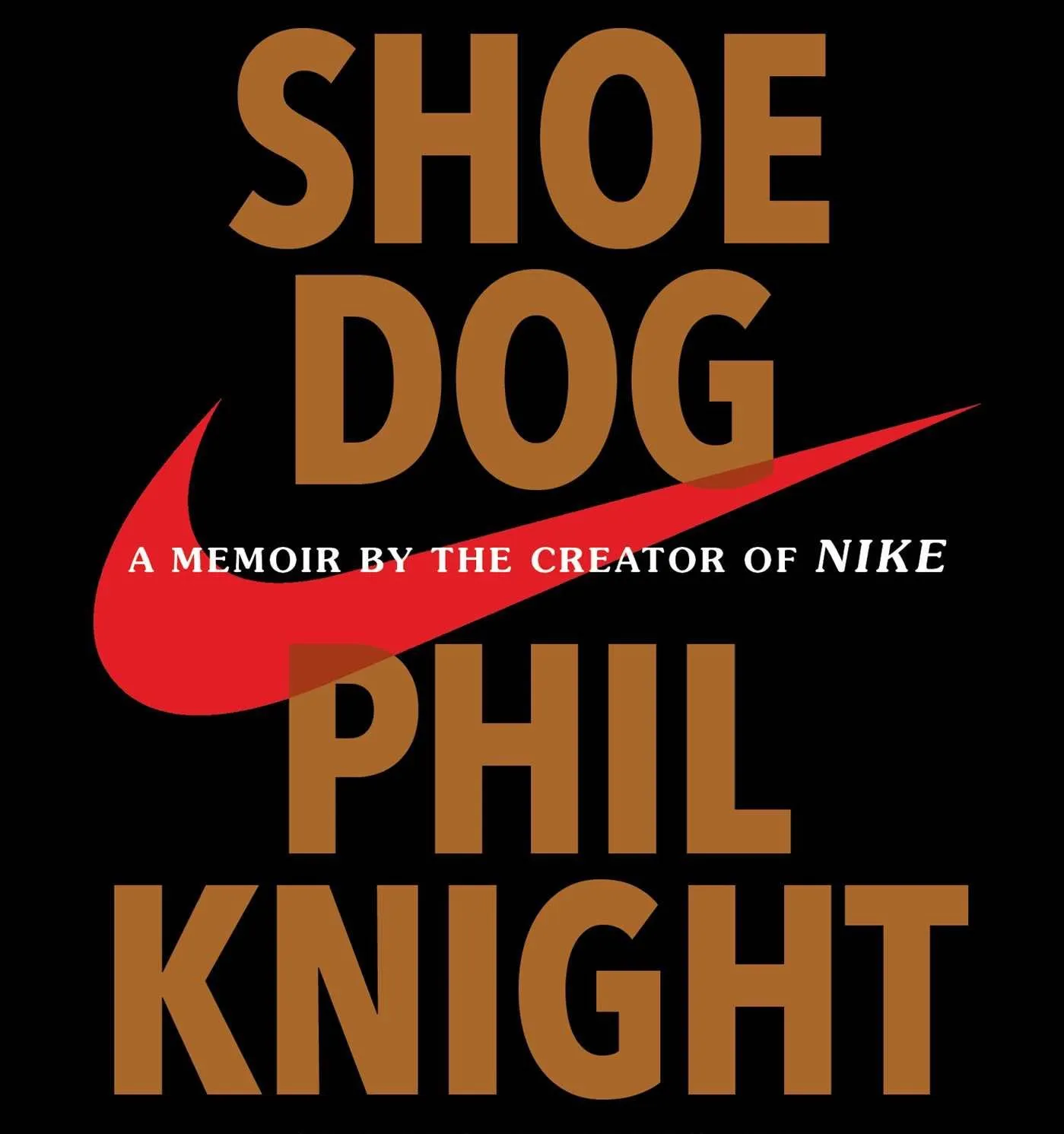
Unlike Creativity Inc., Shoe Dog is a non-business inclined memoir. It tells how an ambitious man built a team and created a brand called Nike.
I think you should read this book because it is a good source of realistic inspiration, which of course we all need. Unless you are a divine being, creating something is usually difficult. Being able to do so requires not only a Feynmanesque way of thinking but also guts to face failure and rejection. Problems do happen. Some problems will make you wonder “What are the odds? How could it be?!”. No matter how ambitious and hard-working you are, there will be a moment when you give up. Practice shows that success will come only after you try again enough times.
Regardless of the field, I suggest this book to everybody interested in the real creation stories of great products. If you are interested in entrepreneurship, this is a must-read.
Atomic Habits
by James Clear
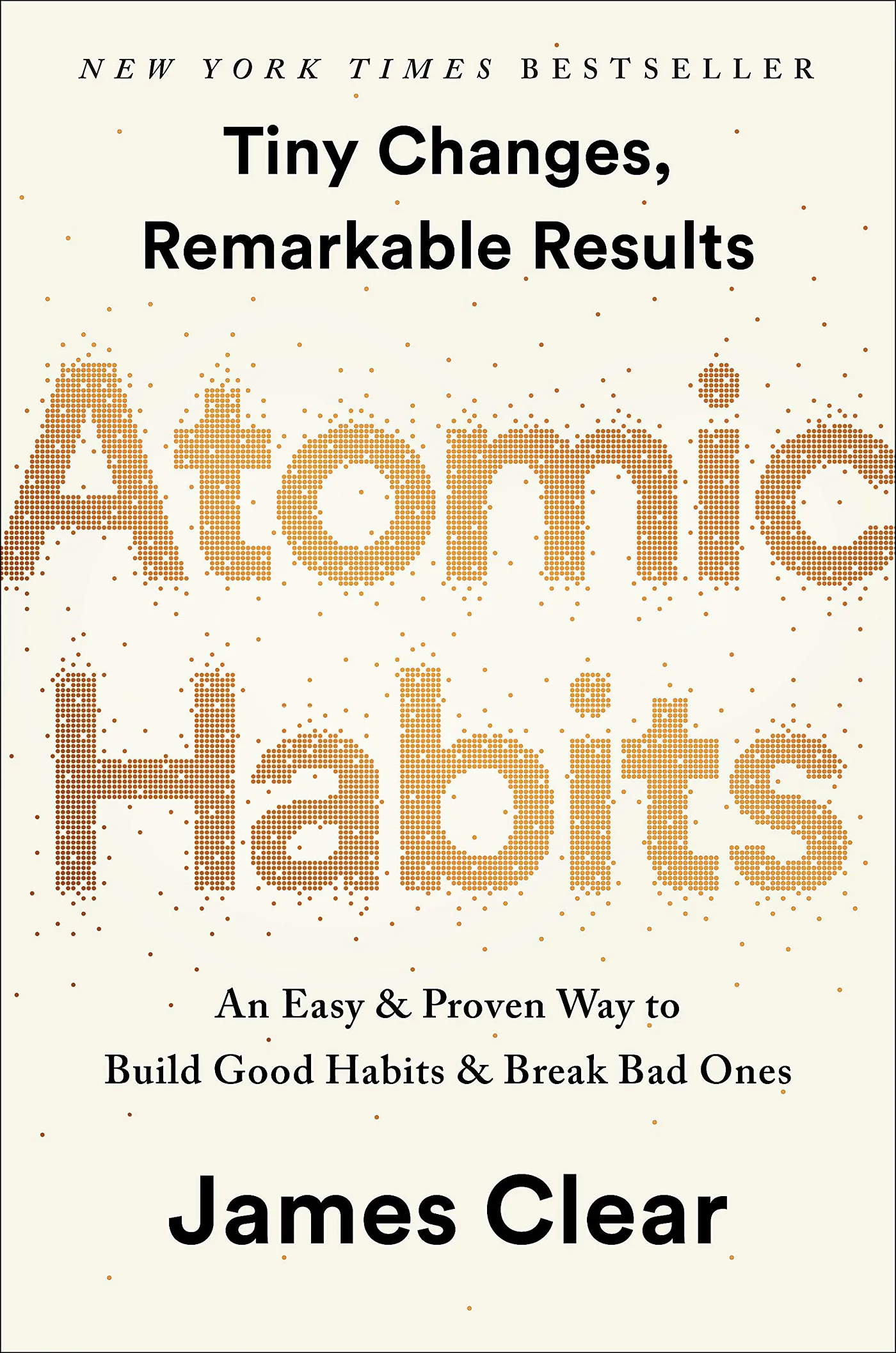
Every business book tries to teach you to build useful habits in one way or another. Again and again, I see how “just do X every day and you will be successful eventually” narrative is so obvious, yet so untenable because it requires a solid foundation in habit formation.
Of all the books on habit formation, I’m able to comment on only Power of Habit and Atomic Habits. The first one feels more academic. I suggest it to the ones who want to dive deep in the mechanics of habit formation. The second one is more practical and may be easier to consume. Along with the science of habit formation (The Habit Loop — Cue, Craving, Response, Reward), Atomic Habits focuses on practical approaches in building productive systems.
In an overly simplified analogy, you don’t have to win every vote to win an election, you just need to win the majority of the votes. In its core, habit formation is quite similar to this. All you need is to set a minor goal for today and try to achieve it. One by one you will lay a foundation for your new habit or system. Some days you will have to break the streak, but that’s OK. There will be times when you will need to change your systems altogether, and that’s also OK. In life, sometimes you need to stop pushing and just think of a different strategy.
This also reminded me of a lesson I learned from tennis and Andre Agassi’s great book Open. You don’t have to win every point in tennis to win a match. If you win enough points, then if you win enough games, and then if you win enough sets, you will win the match. And if you win enough matches, you will become a champion.
Never Split the Difference
Negotiating As If Your Life Depended On It
by Chris Voss
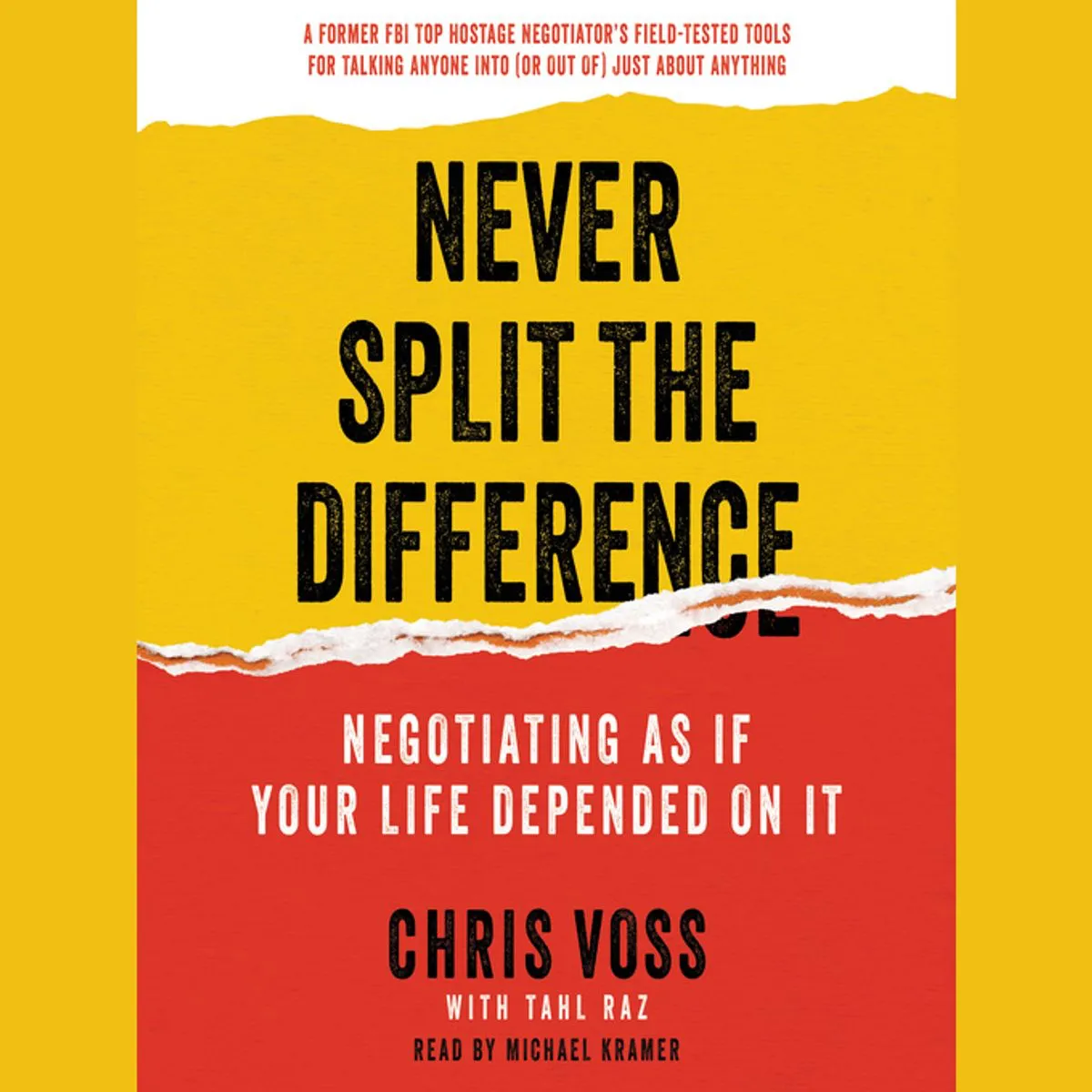
This book has nothing to do with creativity or being young, but I wanted to recommend it so much that I sneaked it into this list.
Whatever you do in your life, at some point you will be sitting on one side of a tight negotiation. You will disagree with your boss, your landlord will try to raise the rent, you will ask for a better salary, and many, many other things. You need to know the art of negotiating and it turns out a former FBI Hostage Negotiator is the best teacher you can have.
I believe in the importance of this book so much that I have a summary of it (in Bear) that I skim through every month. (Yes, ‘every month’ means it is a habit, did I recommend Atomic Habits or Power of Habit?)
Creative Selection
by Ken Kocienda
Post-1996 era of Apple keeps inspiring me and so many other people of my generation. This inspiration especially roots from the products I could experience first hand: iPod, iPhone, modern Macs, etc.
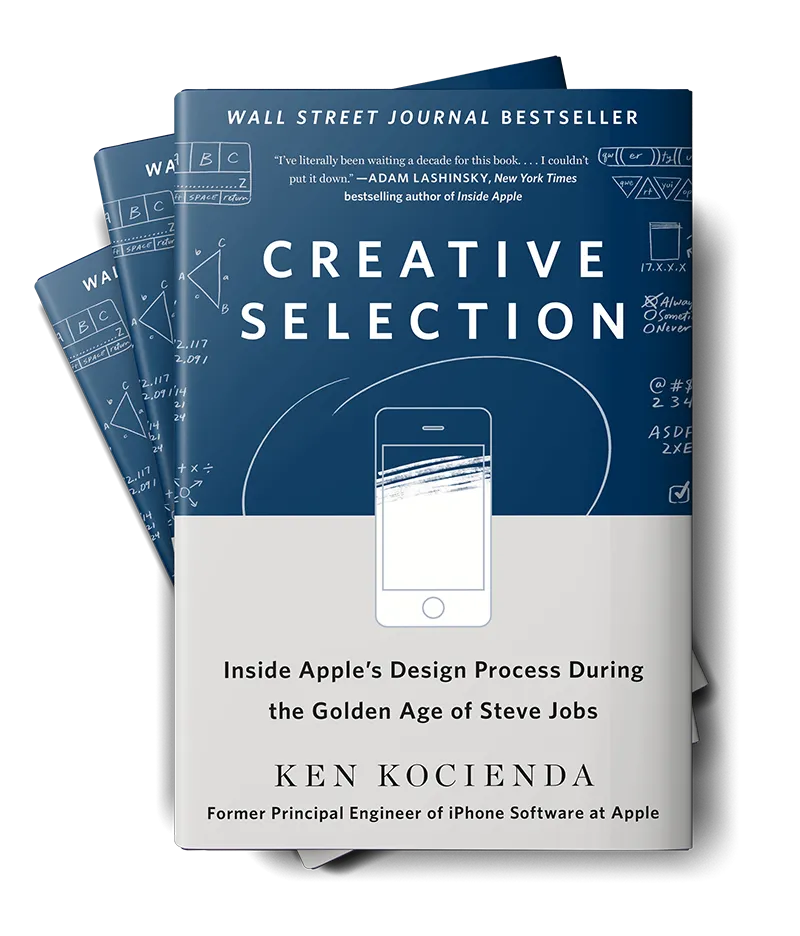
In one of 2018 WWDC sessions Apple tried to find an answer to the question “what is quality?”, and the answer which stuck with me was this:
If something is quality, it implies that there is nothing random about it.
When I do what I do, I hold on to the belief that the quality means that every corner is thoroughly inspected, every detail is well decided. But so often a moment comes when the decision simply depends on your gut feeling. You will need to make a selection that feels good and just go with it.
Ken Kocienda tells us the stories behind some of the key decisions and milestones in the development of modern Apple software. It is a great book, especially if you are inspired by Apple or interested in the history of modern technology.
Some books that are similar to this one: Masters of Doom, Skunk Works, Mars Rover Curiosity and The Soul of a New Machine (didn’t read it yet).
The Checklist Manifesto
By Atul Gawande
Regardless of how creative your field is, it will be fairly right to say that professionalism mostly consists of important repetitive tasks. In his book, Atul Gawande explains the essentials of succeeding in everyday repetitive tasks using checklists. If applied correctly, checklists can unload your cognitive load and make you a more productive professional.
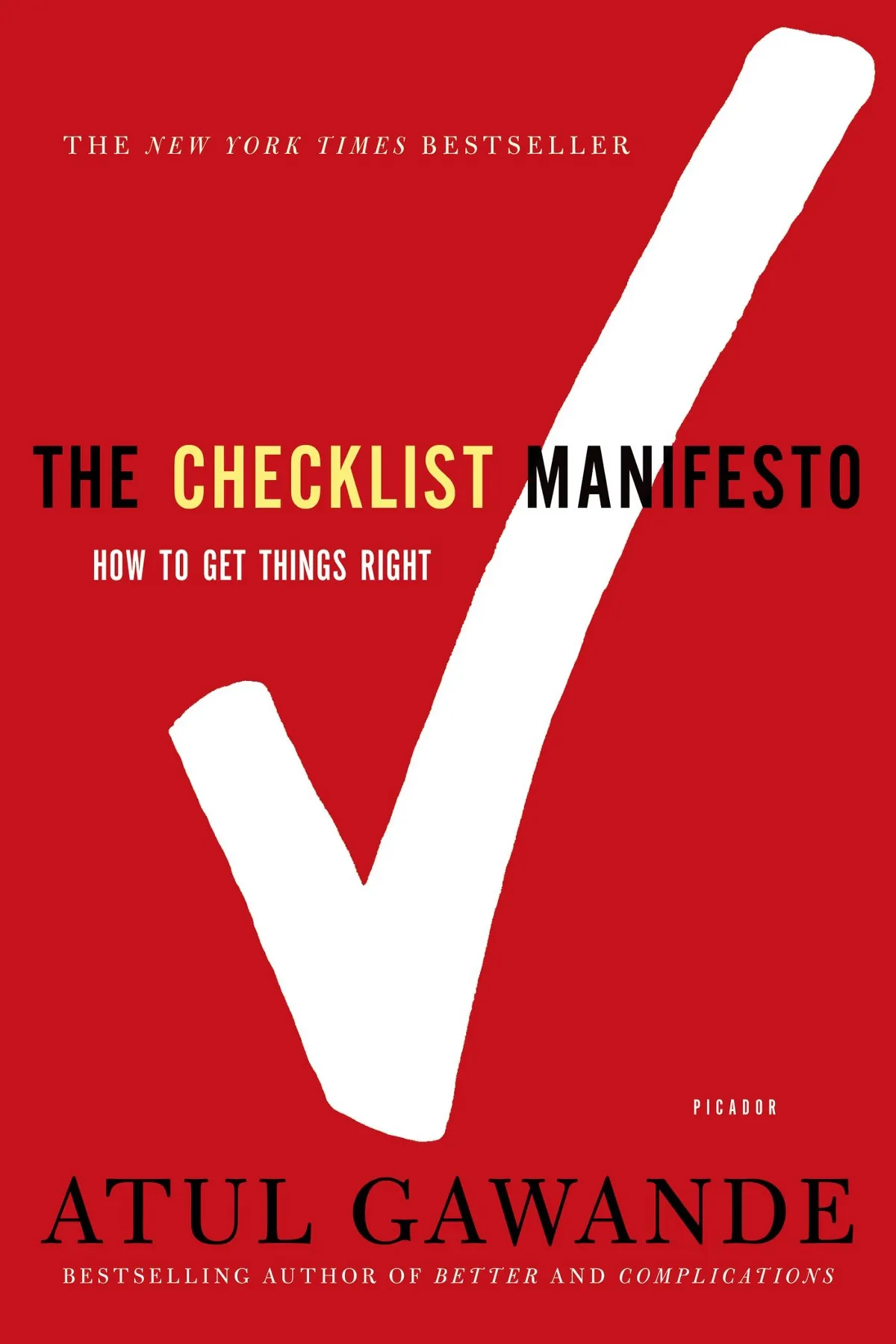
Although this book is widely acclaimed and became an international bestseller, to be honest, I think it is narrowly focused in its tone. Indeed, it does convince you that some complicated tasks such as surgery or flying airplanes require checklists, but it is not how most of us spend our days.
Long after this book, I struggled to maintain checklists related to my job. Instead, my first applications of checklists were related to life tasks: A trip checklist (at the time when I was traveling a lot), a Start-Day checklist and a Start-Work checklist, which I still use every single day. With time, I learned how to apply effective checklists to my job as well.
Tip: Read this book, then start a small checklist, eg. for a trip. Later you will find ways to extend your skills and benefit from applying checklists for many other tasks.
Final Thoughts
While preparing this list I noticed an interesting pattern: The books that I choose to share were usually either about creative people or the creation itself. This is not because this post is aimed at creative professionals. In fact, it is the other way around: The blog post started just as a suggestion list for good books. You may find none of these books interesting. In that case, I suggest making a list of things that you like and learning the works and lives of people who created, lived through or participated in them.
John Siracusa, who I listen to when he speaks, once wrote in his blog post on Creativity Inc.:
Most of the nonfiction books I read these days fall into two broad categories: books about people I admire and books about the creation of things I admire. Good books about the latter often turn into the former by the end.
—
There is a good deal of books that I initially wanted to cover and think would suit the context well. Only a portion of them made it to this list. For example, due to various reasons, I didn’t get into details of Barking up the Wrong Tree, which tells what matters and what doesn’t to be successful. It is a great book and can be helpful for especially young people. Another book that I didn’t include is a timeless classic: How to Win Friends and Influence People. Maybe for another time.
Works of art change people’s lives in unexpected ways. There cannot be a recipe for such a change, but some books can take you one step closer to your perfect self.
—
Let me know what you think. I would love to hear your suggestions or ideas. I also want to hear how you maintain your reading lists. Recently I opened a Goodreads account to keep track of my library. You may check it out.